Climbing ice demands a lot of those who do it. Technical prowess, a cool head, and a tolerance for long days in the cold are all prerequisites for most climbs in the Northeast. So too is a baseline level of strength and conditioning.
Like other disciplines, ice climbers rely on strength (both endurance and power) and good conditioning. Add in some dynamic, hard, high-impact movements like swinging tools and kicking crampon points into ice and we’re talking about using a ton of energy.
There’s no one way to prepare for climbing ice, but there are a few simple exercises that, if added to a regular routine, can help you climb harder and more confidently. Mix some of these into your workouts and it won’t be long before you see noticeable improvement.

1. Ice Tool Hangs
Much like other climbing disciplines, ice climbing is heavy on the forearms. The threat of getting pumped—that build-up of lactic acid in the forearms that results in pain, weakness, and potentially failure—is ever present. In fact, it’s effect is exacerbated in ice climbing by the need to swing your ice tools, oftentimes more than once, to get a good stick. One way to fight off the pump before even getting on the ice is to build a base of strength endurance by hanging off of your tools—think of this as you would a much simpler hangboard routine. Mix-up your arm angles and durations and, as it gets easier, add weight.
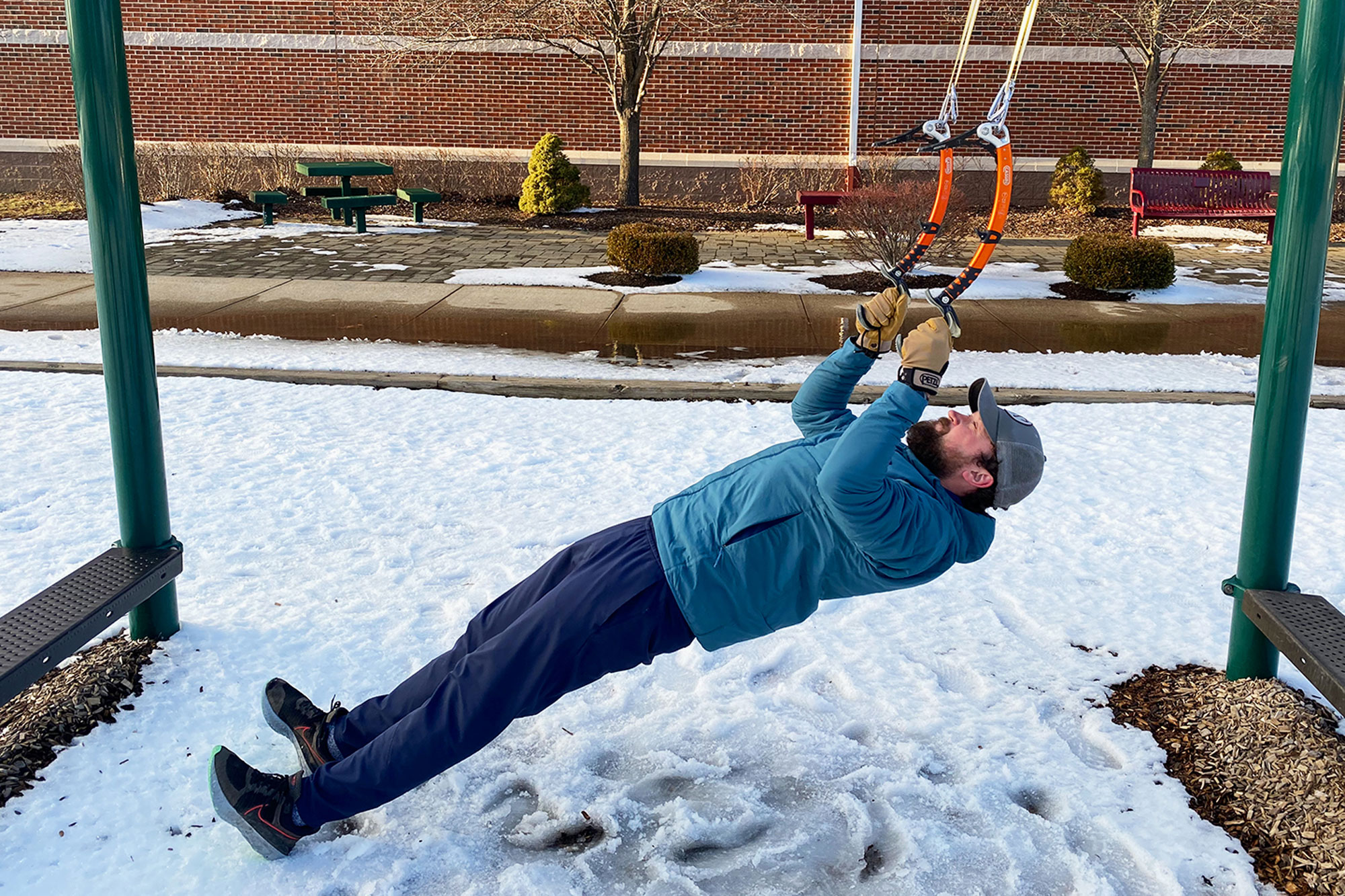
2. Ice Tool Pull-ups
Not only do pull-ups look really cool, they’re also great at building upper-body strength, and can really boost your confidence when the steep gets steep. Good technique and better footwork are still paramount, but being able to muscle your way through a hard section doesn’t hurt. You can do these a couple of different ways, but using your tools instead of a bar is a great way to get super specific with the muscles you’re working. Start with a good, old-fashioned pull-up on two tools and go from there. Throw on a harness and add weight, try one-arming them, set the tools a bit lower and do them on an incline—there are more than enough variations here to keep you busy.
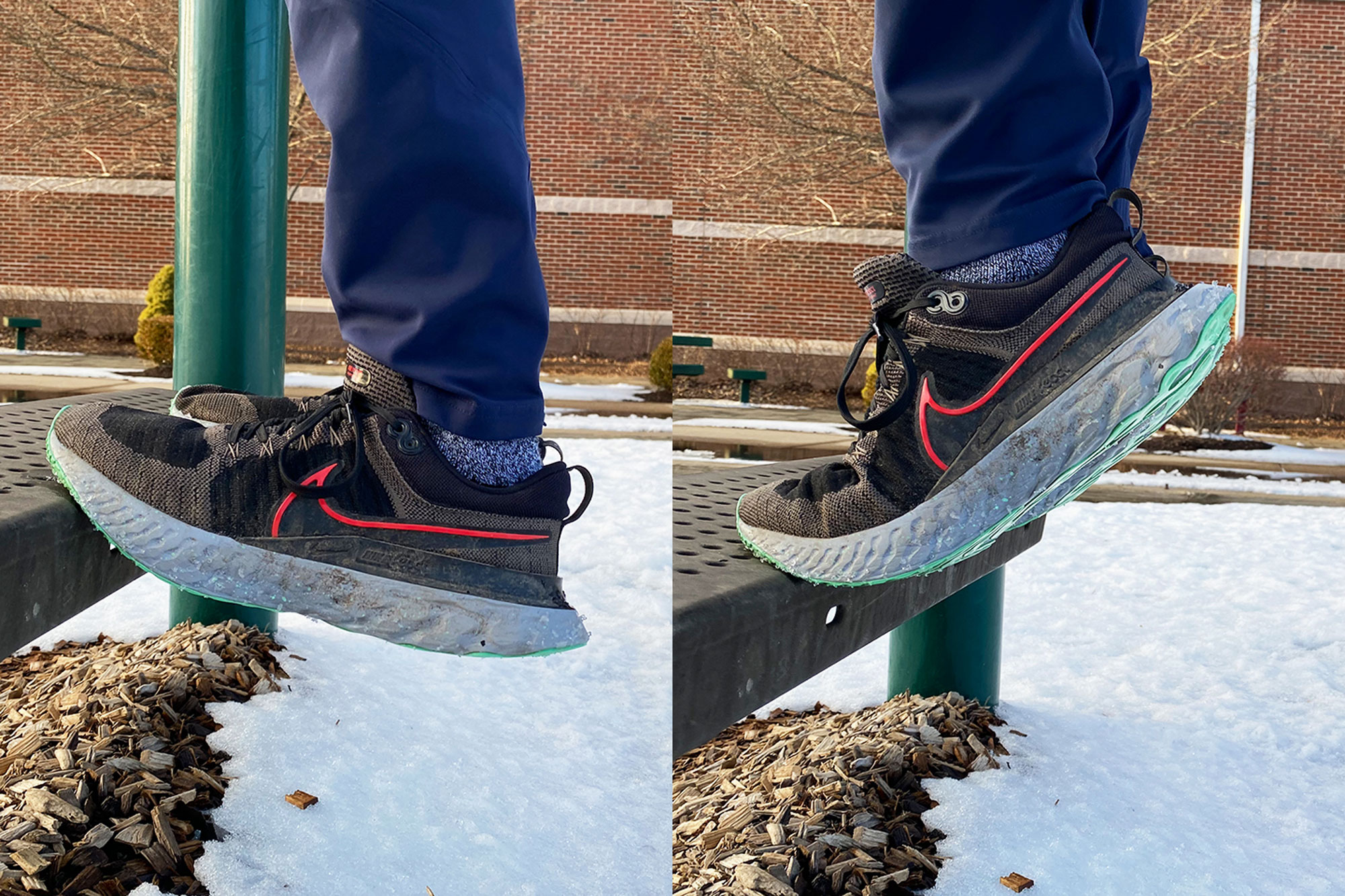
3. Calf Raises
Climbing ice can put a lot of strain on your calves—climb any long, low-angle slab around and you’ll know in short-order why they’re wont to be called “calf-burners.” That strain is also noticeable when placing or cleaning screws—the former being a position of pretty high vulnerability for the climber, where calf exhaustion should be the last thing to worry about. Calf raises—on two feet, one foot, in sneakers, in mountain boots, isometric, plyometric, whatever—are imperative and should be a part of every ice climber’s workout.
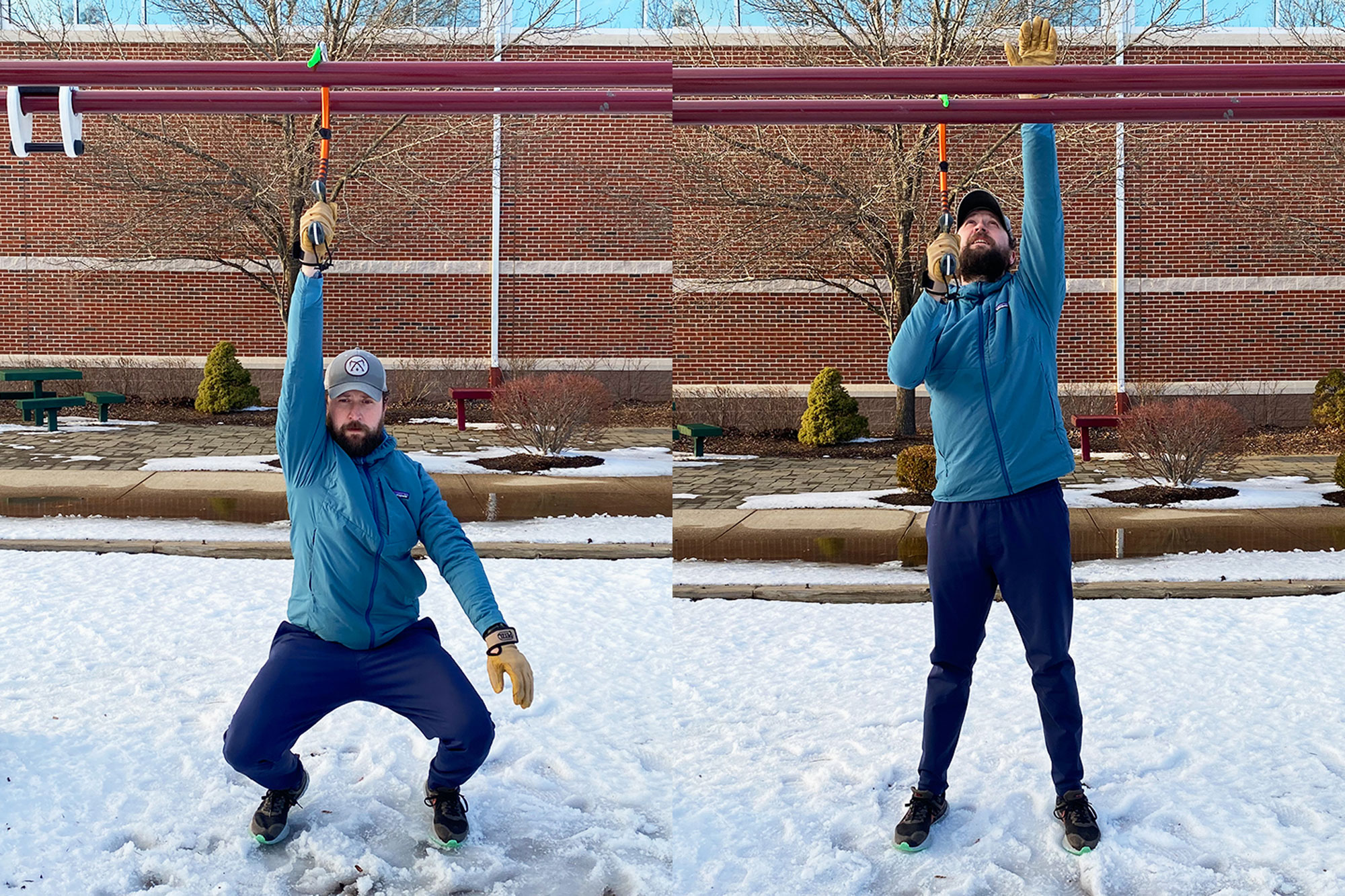
4. Squats
Butt out. Kick, kick. Stand up. Hips in. Swing. Repeat. The fundamental sequence of ice climbing movement relies heavily on lower body strength and the “stand up” part just about mirrors the motion of the squat. Squats are fantastic: They build strength and balance, offer an incredible number of variations, and can be done just about anywhere. Mix a few different squats into your routine and the effects—greater stability, more confidence in your feet (and less strain on your forearms)—will be noticeable.
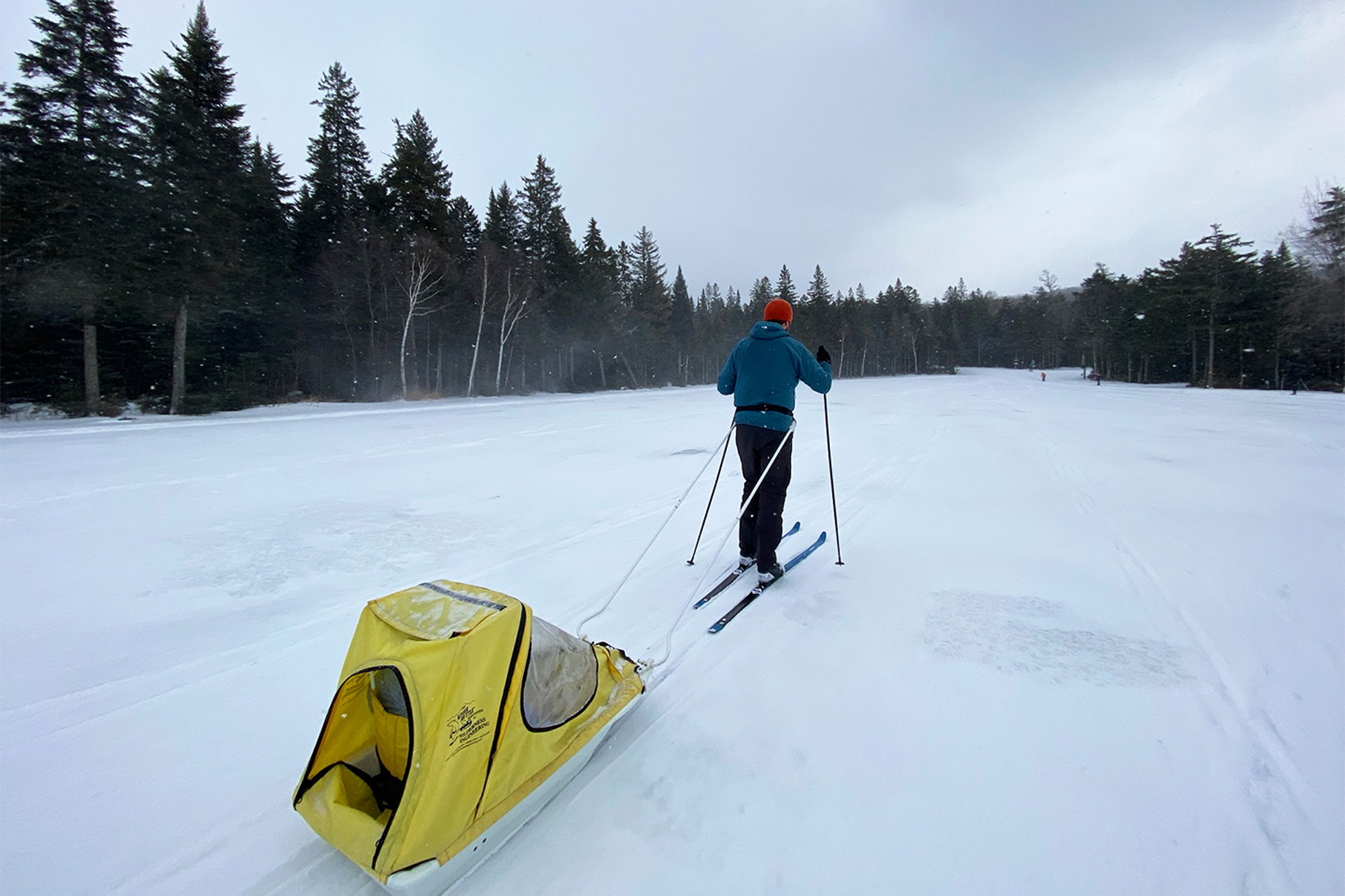
5. Winter Cardio
As much as ice climbing demands strength, it also demands a base level of cardiovascular fitness. Long approaches are not uncommon in the Northeast—nor are steep ones—and no one’s going to climb their best if they’re cooked before they even get to the ice. What’s more is a solid cardio routine is going to balance all of the strength work (think strength-to-weight ratios) and maintaining a lower resting heart rate will enable better energy management—and stave off the pump—while climbing.
The good news is that winter cardio is the best cardio. Cross-country skiing, winter trail running, and snowshoeing are all great exercises and worthwhile endeavors in their own right.
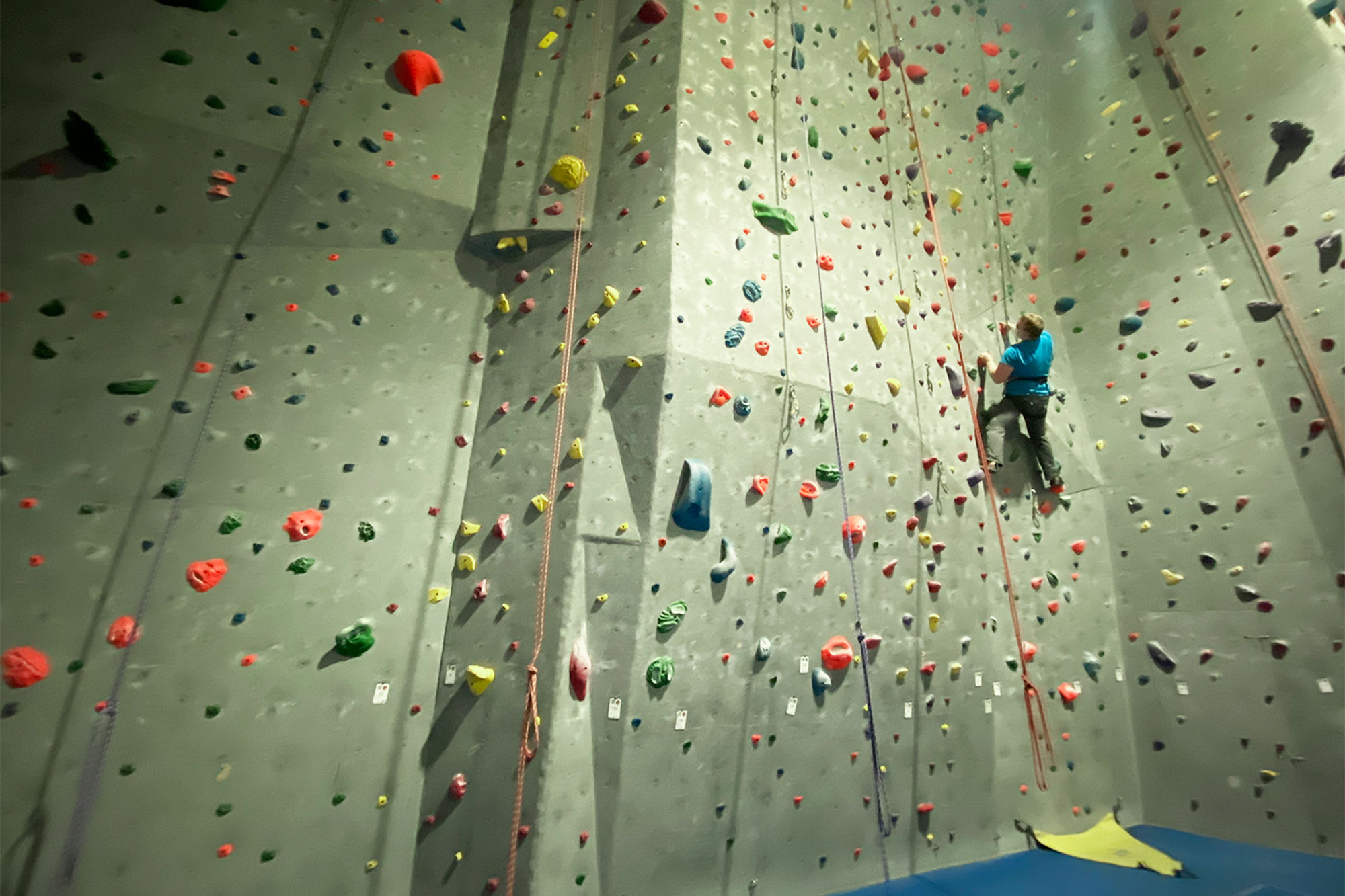
6. Hit the Gym
It’s often said that the best way to train for climbing is to climb more. Chances are though, unless you live near reliable ice, “climbing more” means depending on fickle weather (and short seasons) or long drives.
There’s no replacement for the real thing, but hitting the gym is a great alternative. No, rock climbing and ice climbing are not the same thing, but they do share a lot—overlaps in muscle groups, technique, and simply time spent on a wall will all translate from one discipline to the next. Keep putting on the miles at the gym and it’ll serve you well.
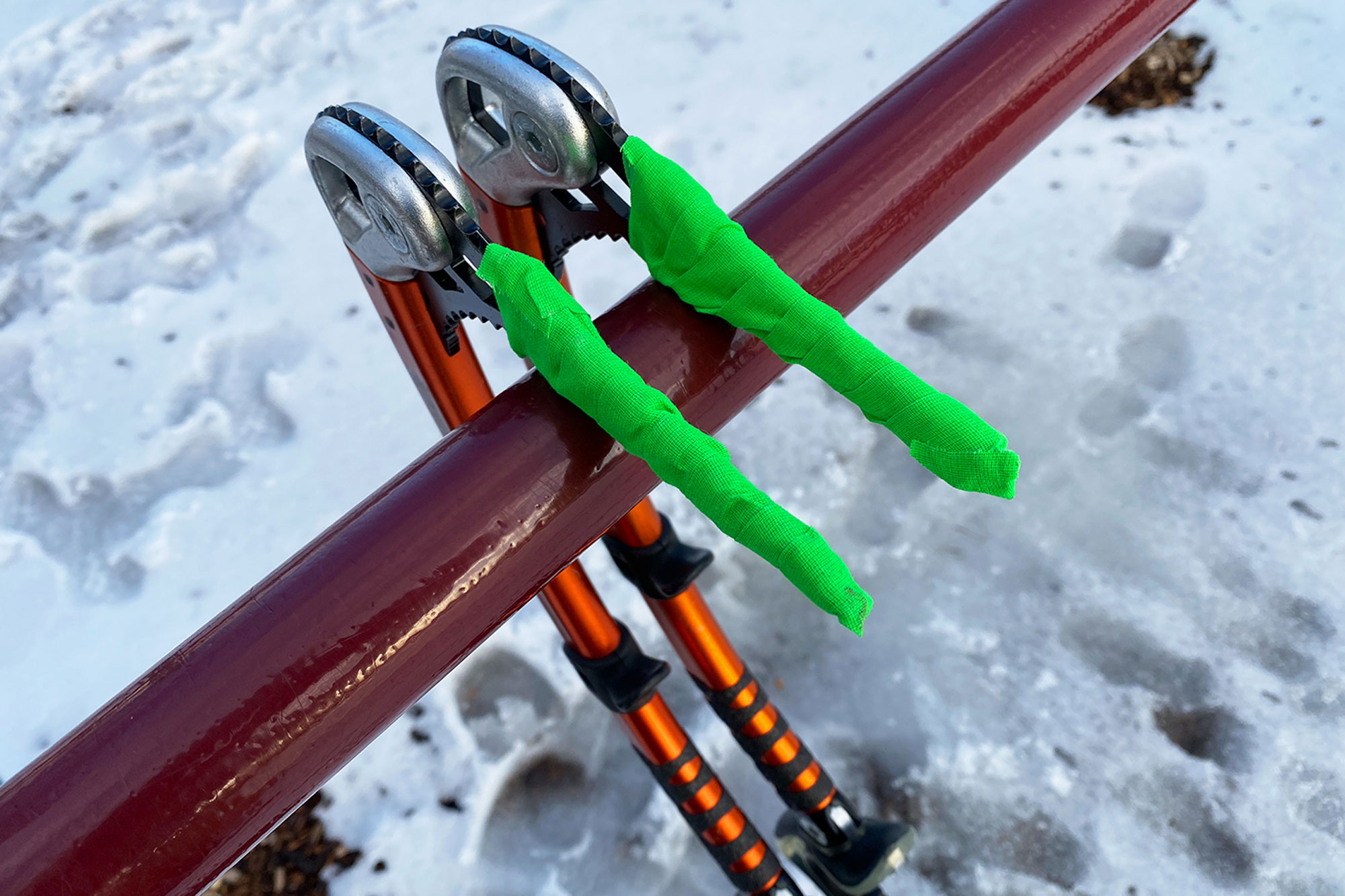
John Lepak
John Lepak is an art director, graphic designer, and weekend mountaineer. He hasn’t met a rock scramble he didn’t like, and spends his free time either in the mountains or obsessively cooking Mexican food. When John isn’t pushing pixels, crushing miles, or making the best carnitas caseras you’ve ever tasted, you can find him living the dream in the Connecticut woods with his family. Follow him at @jhlepak.
Related Posts
April 2, 2024
10 Tips for Mountain Biking Etiquette During Mud Season
One rough spring could ruin the…




